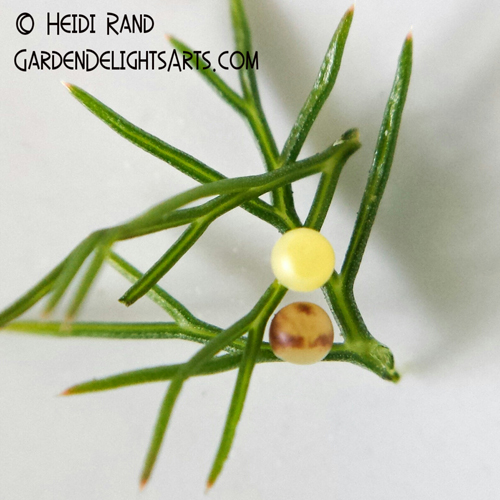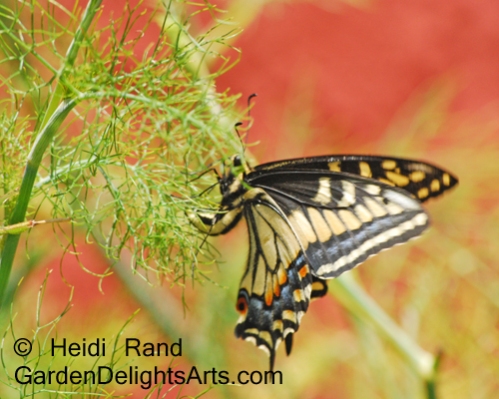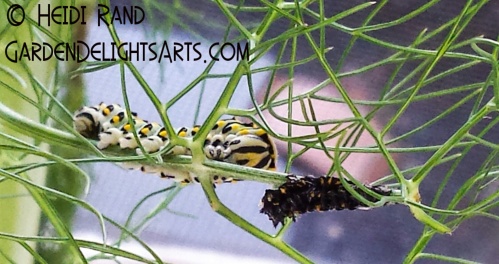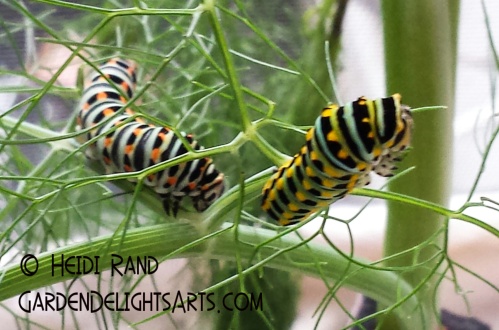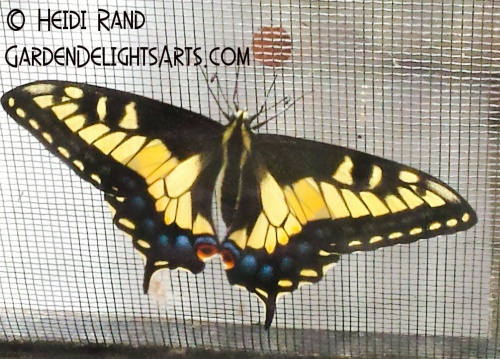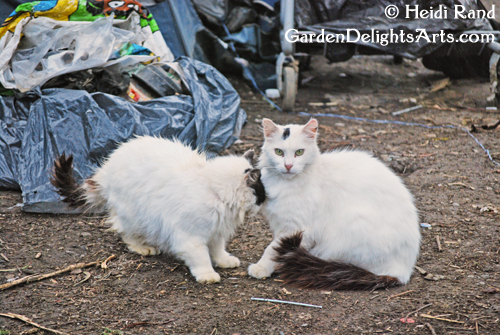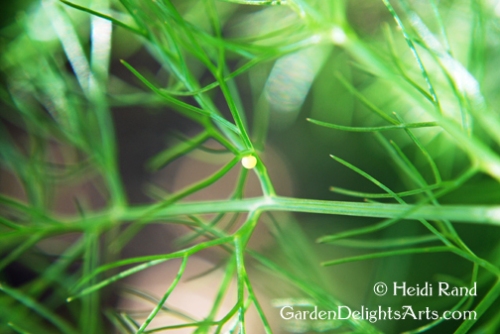Once again to my love of printing on unusual surfaces. I haven’t filled in a lot of my background on that, it’s coming, but I want to jump ahead a bit to something new on the market. Golden Paints, a wonderful company, has just come out with their Digital Grounds line of products, three different substances that, when applied to surfaces, make them receptive to inkjet printing. There’s so much information on their website, I won’t repeat it all here, just the basics and then my experience. I know that there’s a similar product that has been on the market for quite awhile, inkAID. I never tried inkAID although I have read a lot of great things about it.
The three Digital Grounds products they’re offering are white matte for porous surfaces, clear gloss, and gloss for non-porous surfaces. I first tried the white matte. I had some lutradur (a non-woven polyester material) that I had tried printing on directly last year. The results with direct printing (no surface preparation) were so-so, the images were not sharp and the colors were muted. That’s okay if you want that effect, but I was after images that looked more like what I could get on injket paper. Well, I sure got that with the matte digital ground.
I got a small bottle to try out. You tap the bottle on a surface to free a mixing ball inside, then rock it back and forth for a minute. Apply the ground with a foam brush. I cut the lutradur and taped it to some newspaper, then brushed in one direction. I had a fan blowing away the fumes. It doesn’t smell too bad but it’s not good to inhale, so work with good ventilation. I also used gloves to protect my hands. It took quite a few applications to cover the lutradur. I then taped it up and directed a fan to dry it. After drying (maybe half an hour with the fan), I taped it back to the newspaper and brushed on another layer in the opposite direction. You can wash the brush out with soap and water.
I let it totally dry over night and printed it the next day. I nearly always use the setting for enhanced matte on my Epson 2400, so I tried that setting with the coated lutradur. I’m printing with the black matte ink these days and have no idea how the glossy black would work. The lutradur went into the printer beautifully. I didn’t need to even tape the leading edge, but that’s always an option when you’re having trouble getting something to feed into the printer. I used the normal paper feed, there was no problem at all with the lutradur getting around the curve — the digital ground was completely flexible.
I thought the results were just beautiful. I know I’m repeating myself, but the sharpness and saturation were like what I get from good inkjet paper. There were some tiny random holes where the digital ground hadn’t adhered, but that’s just part of printing on something that’s not paper or a solid surface, it’s part of the effect that I wanted.
This is my photograph of a swallowtail butterfly printed on lutradur.

Swallowtail butterfly photograph printed on lutradur coated with Golden Digital Ground
I wasn’t sure how to finish it, so I decided to just hang it from a dried branch of a curly willow tree from our garden. I attached it to the branch with baling wire that I curled in random patterns. I also attached some curled baling wire to 3 holes in the bottom of the print. Not sure if I mentioned before, but one of the qualities I love about lutradur is that you can cut it but it won’t rip or tear, so whereas with fabric you’d have to reinforce the holes, with lutradur you can poke or cut a hole and know that it won’t rip through.
By the way, if you’re interested in butterflies, this is an anise swallowtail butterfly that we hatched. We gather the eggs (the size of a large pinhead) from fennel plants in our garden or around town, keep them in a small bottle until they hatch into tiny caterpillars, then transfer them to a larger bottle where we feed them the fennel or yampah (sp?) if we can find it – that’s their native food source but it’s hard to find these days around here. They change into the chrysalis, and we keep them until they emerge, at which point we release them after a few hours.
If you want to learn how to print on lutradur using inkAID or Digital Grounds, I have an online class on craftedu. There’s a free preview at the beginning, check it out!
